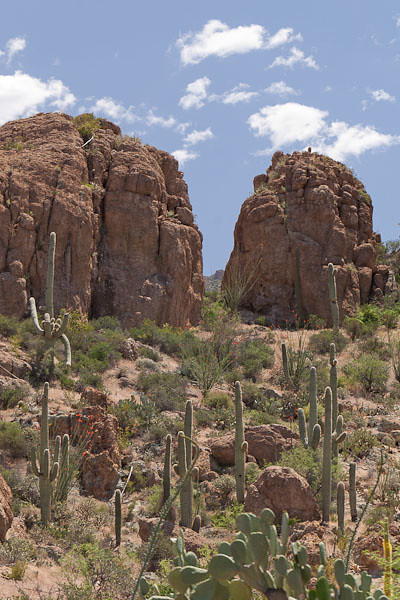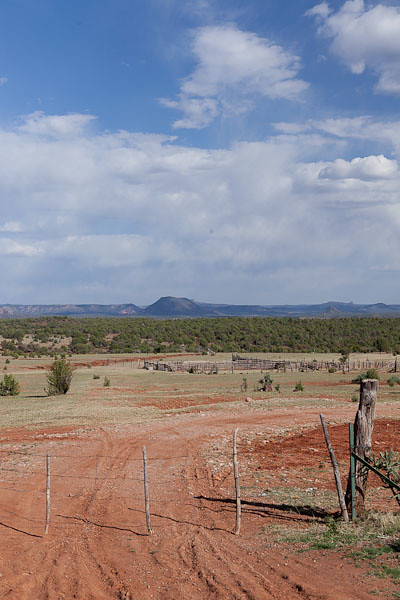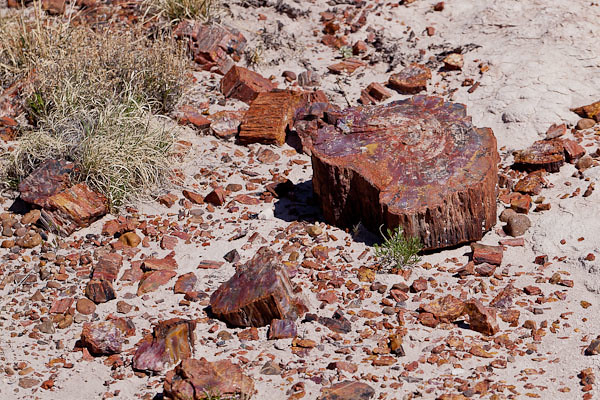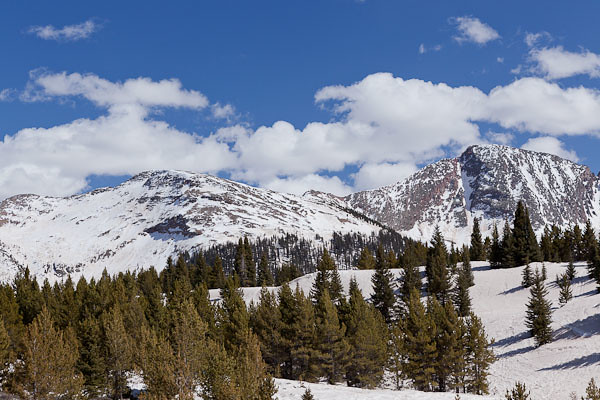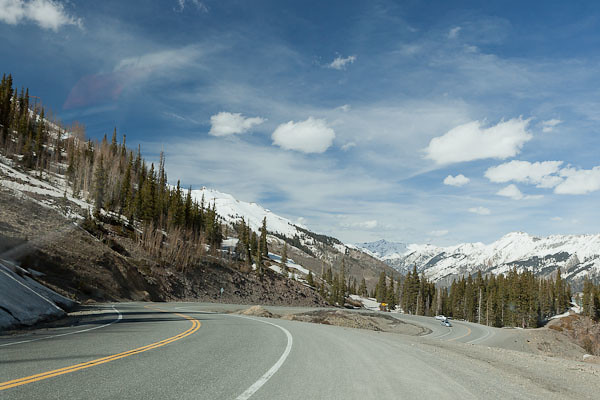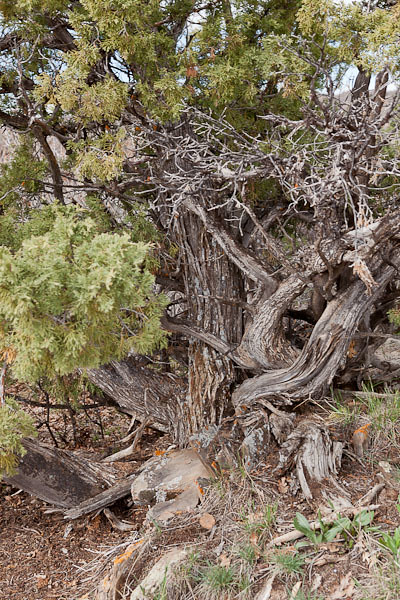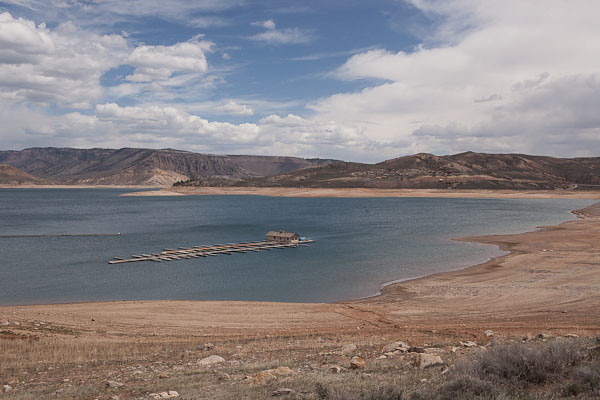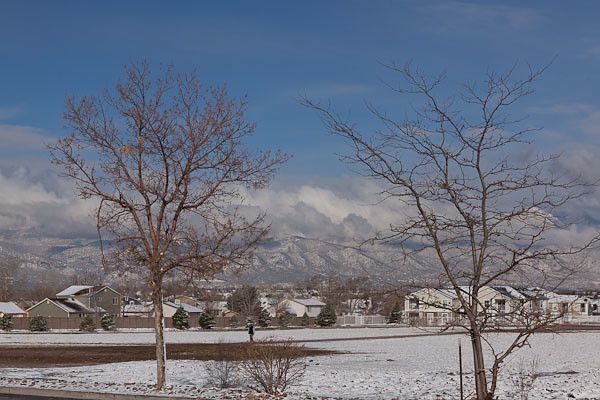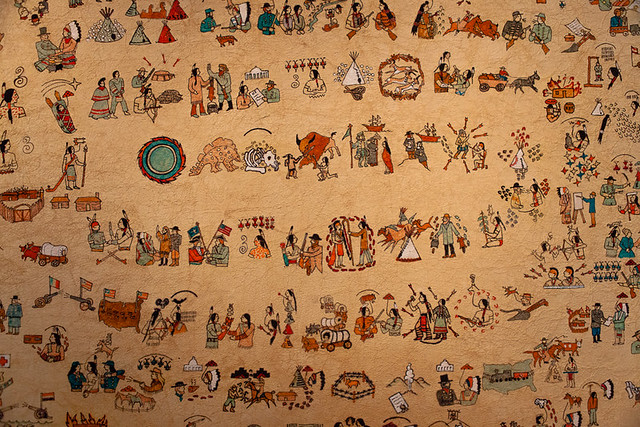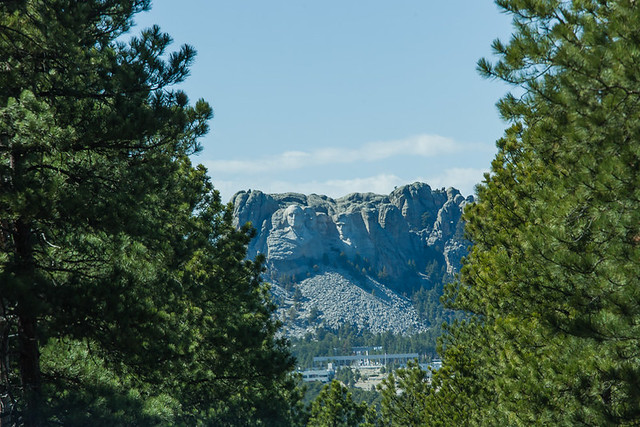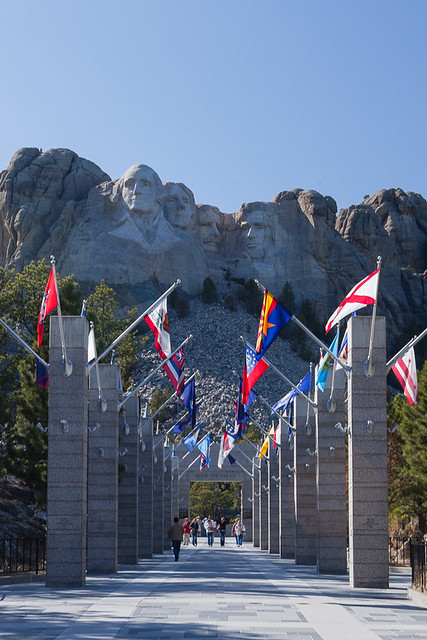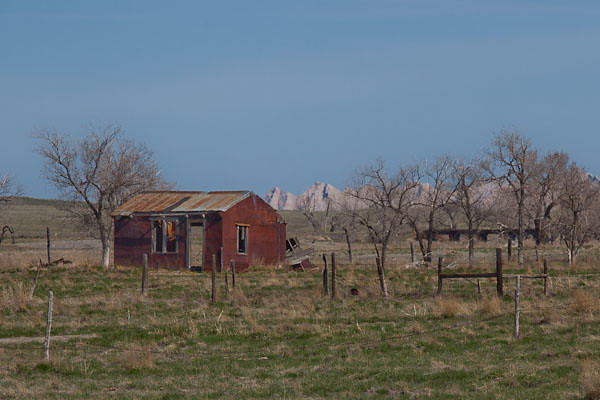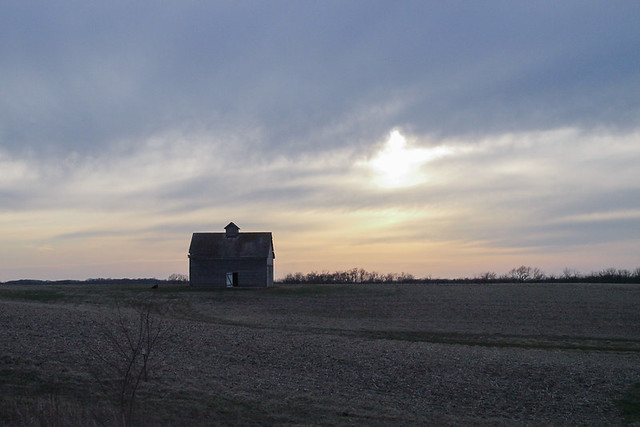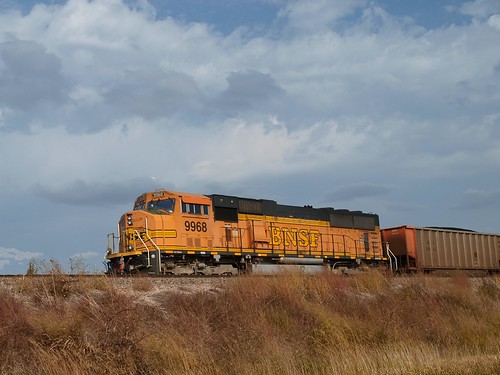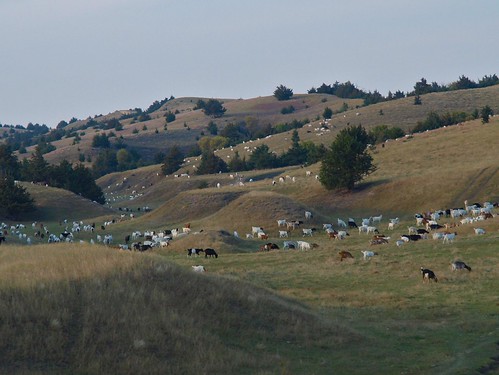https://drcarlosarzabe.com/dr-carlos-arzabe/ 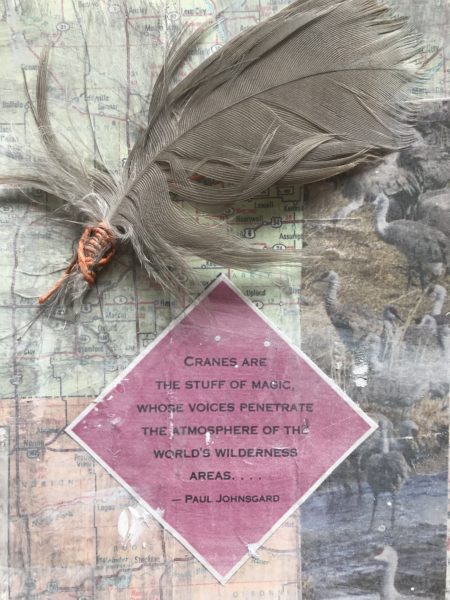
Tramadol Online Cod 180 Blind on the River
https://oleoalmanzora.com/oleoturismo-en-pulpi/ We stand huddled inside the river blind
and focus on the guide’s detailed instructions:
Whisper, no pointing from the windows–no fingers, no long lenses,
no flashes, no glare from cell phone screens.
We exercise prudence, aware that any misunderstood
behavior could startle the flock, disturb their rest.
The sandhill cranes might mistake our movements
for those of a hunter’s gun, its long barrel, its trigger’s flash–
a learned signal to take flight, to flee danger.
We gather in this community – in the blind and of the blind –
to witness the majesty of the sandhill cranes’
sunset gathering, their return from nearby cornfields and grasslands
to the river which affords them rest and respite.
They settle first on the far banks of the Platte,
a mass of quivering gray feathers, jostling together, dancing,
settling in, then they fly into the water–
braided river, shallow and expansive–
night refuge for hundreds of thousands of large winged creatures.
From their winter homes in Mexico, Texas, Arizona
en route to nesting grounds in northern Canada, Alaska, Siberia,
they pause to refuel for the final stretch.
We whisper, take photographs with our cameras,
but more importantly, we tuck the sight of this migratory
phenomenon deep within our memories,
imprint the sound of their prehistoric squawks
into our minds.
Standing in the hush of coming darkness, devout,
whispering prayers, we are solemn in our request
“Do not startle, cranes, be safe and stay. Let us see.”
Thus blessed with their presence, it is we,
not the cranes, who soar in the delight of it all.
__________
Written after spending an evening in a Platte River blind at the Sandhill Crane Trust in Wood River, Nebraska.

